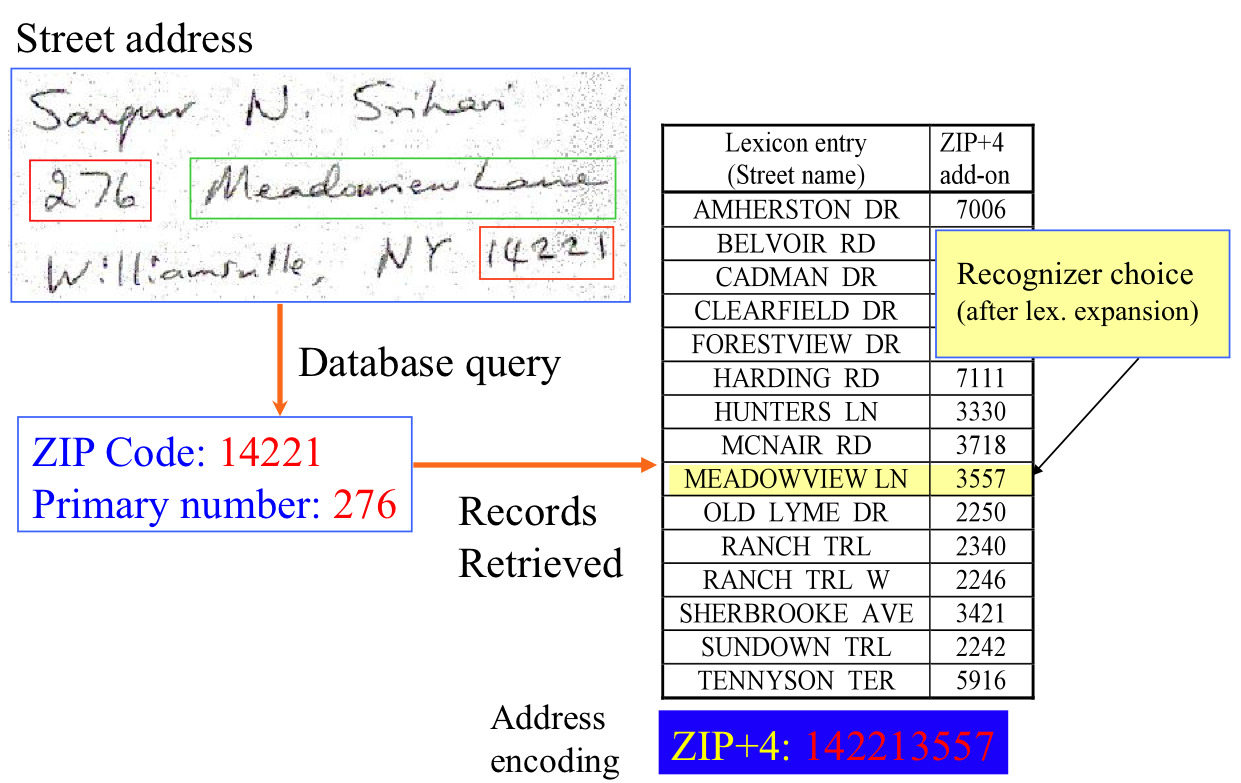Sargur Srihari on:
[Wikipedia]
[Google]
[Amazon]
Sargur Narasimhamurthy Srihari (7 May 1949 – 8 March 2022) was an Indian and American computer scientist and educator who made contributions to the field of
 Srihari received undergraduate degrees in Science and in Electrical Communication Engineering from the National College of Bangalore University and the
Srihari received undergraduate degrees in Science and in Electrical Communication Engineering from the National College of Bangalore University and the
IAPR/ICDAR Awards
/ref>
Center of Excellence for Document Analysis and RecognitionThe Rise of Computational Forensics Identifying the Needs of the Forensic Science Community
{{DEFAULTSORT:Srihari, S. N. Year of birth missing 1940s births 2022 deaths Ohio State University College of Engineering alumni Indian Institute of Science alumni University at Buffalo faculty Indian computer scientists Bangalore University alumni Scientists from Bengaluru
pattern recognition
Pattern recognition is the task of assigning a class to an observation based on patterns extracted from data. While similar, pattern recognition (PR) is not to be confused with pattern machines (PM) which may possess PR capabilities but their p ...
. The principal impact of his work has been in handwritten address reading systems and in computer forensics. He was a SUNY Distinguished Professor in the School of Engineering and Applied Sciences at the University at Buffalo
The State University of New York at Buffalo (commonly referred to as UB, University at Buffalo, and sometimes SUNY Buffalo) is a public university, public research university in Buffalo, New York, Buffalo and Amherst, New York, United States. ...
, Buffalo, New York, USA.
Early life and education
 Srihari received undergraduate degrees in Science and in Electrical Communication Engineering from the National College of Bangalore University and the
Srihari received undergraduate degrees in Science and in Electrical Communication Engineering from the National College of Bangalore University and the Indian Institute of Science
The Indian Institute of Science (IISc) is a Public university, public, Deemed university, deemed, research university for higher education and research in science, engineering, design, and management. It is located in Bengaluru, Karnataka. The ...
in Bangalore
Bengaluru, also known as Bangalore (List of renamed places in India#Karnataka, its official name until 1 November 2014), is the Capital city, capital and largest city of the southern States and union territories of India, Indian state of Kar ...
respectively. He received Master's and Doctoral degrees in Computer and Information Science from Ohio State University
The Ohio State University (Ohio State or OSU) is a public university, public Land-grant university, land-grant research university in Columbus, Ohio, United States. A member of the University System of Ohio, it was founded in 1870. It is one ...
, Columbus.
Career
CEDAR
Srihari is the founding director ofCenter of Excellence for Document Analysis and Recognition The Center of Excellence for Document Analysis and Recognition (CEDAR) is a research laboratory at the University at Buffalo, State University of New York. The center was established with funding from the United States Postal Service and National In ...
(CEDAR) which was established with support from the United States Postal Service
The United States Postal Service (USPS), also known as the Post Office, U.S. Mail, or simply the Postal Service, is an independent agencies of the United States government, independent agency of the executive branch of the federal governmen ...
. Work at CEDAR led to the first handwritten address interpretation system in the world, versions of which were deployed by the Internal Revenue Service
The Internal Revenue Service (IRS) is the revenue service for the Federal government of the United States, United States federal government, which is responsible for collecting Taxation in the United States, U.S. federal taxes and administerin ...
, USPS, Australia Post and UK Royal Mail. His subsequent work led to the first handwriting verification and identification system known as CEDAR-FOX, which was granted a U.S. Patent in 2009.
Srihari had a leading role in establishing the international conferences on document analysis and recognition, frontiers of handwriting recognition
Handwriting recognition (HWR), also known as handwritten text recognition (HTR), is the ability of a computer to receive and interpret intelligible handwriting, handwritten input from sources such as paper documents, photographs, touch-screens ...
and computational forensics. He also served on the Board of Scientific Counselors of the National Library of Medicine for six years.
Computational forensics
In 2002, Srihari published a landmark study establishing the individuality of handwriting. This work was cited in Daubert standard and Frye standard hearings in United States courts leading to the admission of handwriting evidence in those cases. This research work was later extended to shoe-print and fingerprint recognition as well. Srihari served on theNational Academy of Sciences
The National Academy of Sciences (NAS) is a United States nonprofit, NGO, non-governmental organization. NAS is part of the National Academies of Sciences, Engineering, and Medicine, along with the National Academy of Engineering (NAE) and the ...
Committee on Identifying the needs of the Forensic Science Community which led to a highly influential report entitled "Strengthening Forensic Science in the United States: A Path Forward" published in April 2009.
Personal life
Srihari died from complications of glioblastoma on 8 March 2022, at the age of 72.Awards
Srihari became an IEEE Fellow in 1995 and an IAPR Fellow in 1996. He was the recipient of the Outstanding Achievements Award of IAPR/ICDAR for 2011./ref>
References
External links
Center of Excellence for Document Analysis and Recognition
{{DEFAULTSORT:Srihari, S. N. Year of birth missing 1940s births 2022 deaths Ohio State University College of Engineering alumni Indian Institute of Science alumni University at Buffalo faculty Indian computer scientists Bangalore University alumni Scientists from Bengaluru